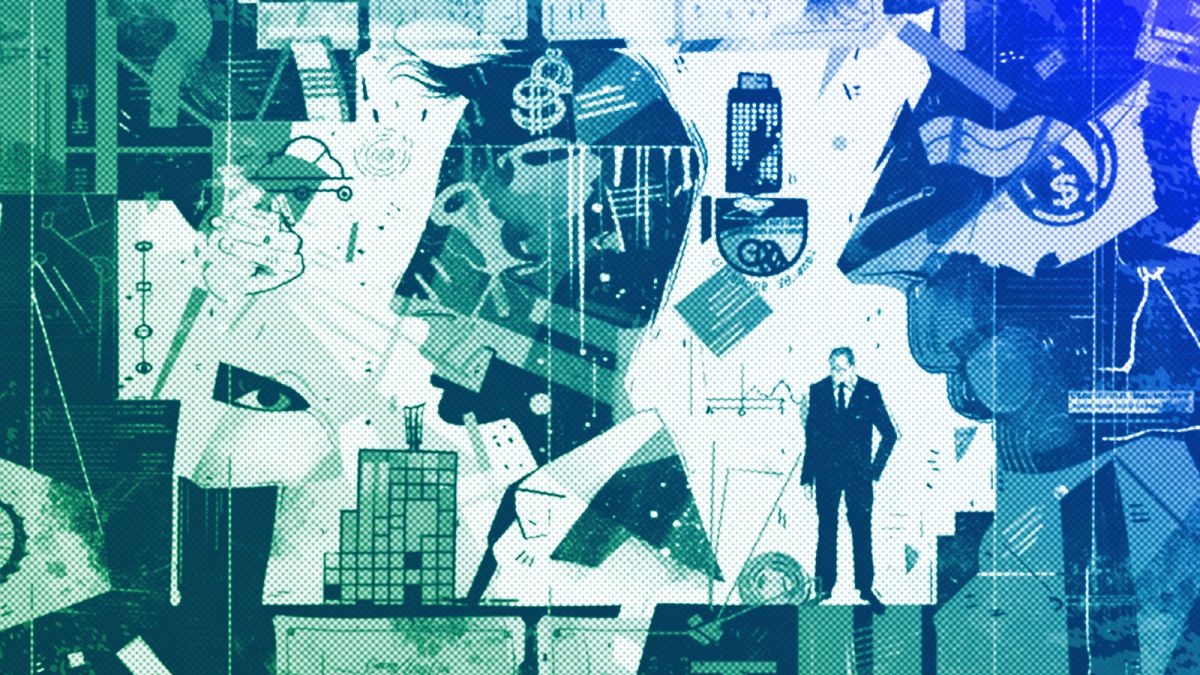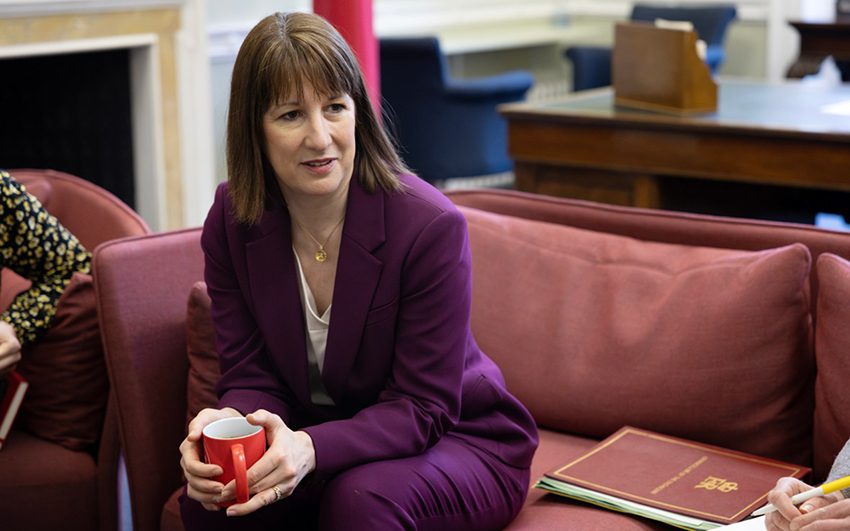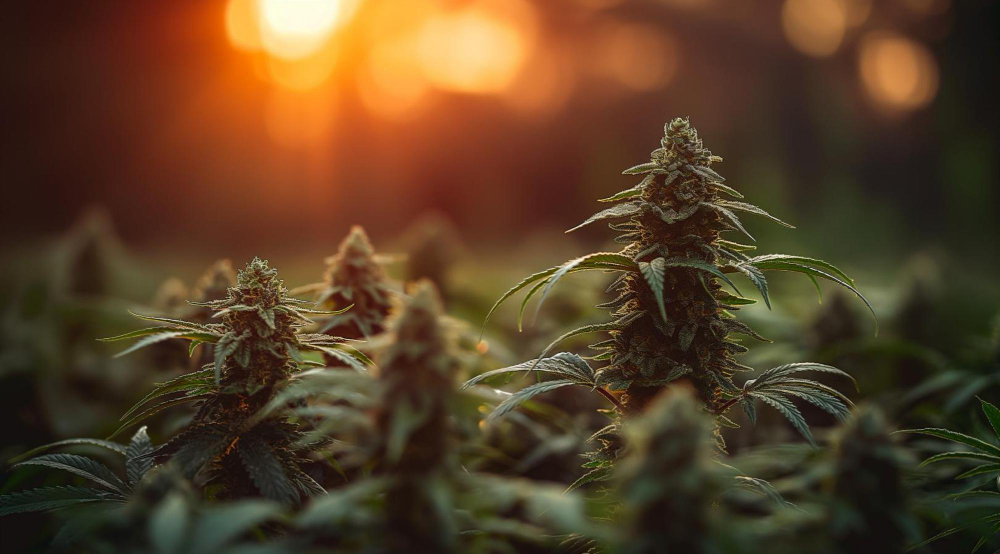Hydrogen’s toxic secret worries a town in northern France
Green hydrogen is central to Europe's energy transition, but it relies on potentially dangerous forever chemicals.

This summer, residents of the northern French town of Villers-Saint-Paul received a disturbing warning: Don’t eat your chickens’ eggs.
Tests had revealed that local eggs contained a cocktail of potentially dangerous PFAS, or “forever chemicals,” a group of man-made substances that do not break down and can cause serious health problems including cancer, liver damage and fertility issues.
How did these toxic chemicals get into the eggs? The answer was not entirely clear, but suspicion fell on a nearby factory run by U.S. chemicals giant Chemours, which produces PFAS.
Ironically, it was Chemours itself that had conducted the tests under an agreement with the regional authorities.
Maintaining locals’ trust was especially important to the company at the time as it was planning a €186 million expansion to start producing PFAS chemicals vital in manufacturing green hydrogen — a carbon-free fuel that is central to Europe’s decarbonisation plans.
“When we heard there were going to be huge investments [in the local factory] … Everyone though that the project was very good news,” the town’s deputy mayor Alexandre Ouizille said in an interview, pointing to job creation and the benefit to the climate.
But after newspaper reports uncovered “the eternal pollution of PFAS,” the mood changed, he said. It wasn’t just the test results. In 2023, an investigation by newspaper Le Monde had revealed PFAS pollution in the area.
It prompted Ouizille’s superior, local mayor Gérard Weyn, to ask for the French environment ministry’s input.
“Before the commune commits further to this project, your answers to our various precautionary questions are essential to dispel any doubts about the safety of the current facility and the proposed extension,” he wrote in a letter seen by POLITICO.
Regional authorities say they don’t know if the pollution comes from the Chemours factory, pointing out some of the types of PFAS chemicals in the egg — including those with the highest concentration — are not associated with the factory, though others are. They’ll conduct further tests to make the conclusions “more reliable.”
Still, that hasn’t put local politicians at ease; some worry that ramping up production of PFAS will only increase the risk of pollution.
At the heart of this dispute is a tension playing out all over the world. As countries rush to develop new technologies in an effort to halt catastrophic climate change, many of these technologies are turning out to have unforeseen side effects that pose grave risks of their own, some of which, like with those associated with PFAS, science is only beginning to understand.

“You have two big environmental subjects at stake,” said Ouizille, the deputy mayor. “You have decarbonization and you have the question of PFAS. It’s really difficult.”
The forever debate
PFAS are used to produce everything from heat pumps and batteries to solar panels and wind turbines — all crucial technologies in the EU’s climate-neutral strategy.
Chemours’ Villers-Saint-Paul factory already produces those chemicals for use in fire-fighting foams and stain-resistant coatings for textiles and building materials. The company’s new investments aim to ramp up manufacturing capacity to produce Nafion — a chemical which helps separate water into hydrogen and pure oxygen in the electrolysis process.
Hydrogen is a clean-burning gas that could help solve some of the trickiest decarbonisation challenges, from steel and plastic manufacturing to fuel for shipping and aviation. Restrictions on forever chemicals would have “catastrophic consequences” for hydrogen production and, by extension, the green transition, industry groups warn.
Climate change, of course, comes with its own health impacts — from deaths from natural disasters and extreme heat, to rises in infectious diseases and drug-resistant bacteria emerging from melting permafrost.
“We, you, everyone around the world, we see the impacts of climate change. They’re imminent and we cannot wait for decades to be able to proceed with climate action,” said Daria Nochevnik, director of policy and partnerships at the Hydrogen Council industry group. “We need to work with the solutions that we have right now.”
But policymakers are increasingly waking up to the parallel impacts of PFAS pollution. The cancer-causing chemicals have been found in everything from breast milk to testes. One U.S. study backed by the U.S. Environmental Protection Agency established a link between developmental toxicity and autoimmune effects in rats and a substance the researchers call “Nafion byproduct 2” or “Hydro-PS Acid .”
“What’s important to understand is that the effects in this study were observed at very high levels,” said Chemours in an emailed statement.
While Hydro-PS Acid is “not released by the Villers-Saint-Paul site today,” the company pledges that the new Nafion manufacturing capabilities will “include additional investments in state-of-the-art emission control facilities with destruction efficiencies of greater than 99.9%.”

Concerns over PFAS have led to an EU effort to phase out the chemicals in a range of sectors the bloc is counting on for the green transition — including hydrogen. But industry representatives say Brussels is cutting its nose off to spite its face by potentially slowing down the clean energy transition. Powerful policymakers have echoed those same concerns — including former Italian prime minister and European Central Bank president Mario Draghi in his blockbuster report last month.
Green-on-green pushback
Under the work-in-progress EU proposal to phase out the chemicals, the hydrogen sector has been given 12 years to find safer alternatives. Although there are “very few” non-PFAS alternatives to chemicals like Nafion on the market, the proposed exemption is a “reasonable time frame” to find and test new substances, argued Jonatan Kleimark of chemicals policy NGO ChemSec, especially since the EU proposal is still several years away from becoming law.
Some alternatives could even be more efficient, said Carolin Klose, a researcher at the Hahn-Schickard institute who is working on developing a non-PFAS alternative. But it could take a long time to scale up production.
As for the town of Villers-Saint-Paul, Chemours’ project is still set to go ahead, but under conditions agreed with the commune. It carries out daily chemical safety monitoring and shares the results with the regional authorities.
“Significant investments have been made in emission reduction technologies that are among the most effective in addressing discharges,” said Chemours. “We have committed to reducing air and water process emissions of fluorinated organic chemicals by 99% or greater by 2030.”
And while deputy mayor Ouizille acknowledges the manufacturer’s cooperation, he will continue to bang the drum for PFAS-free industries.
“I would say that as much as possible, [industries] have to work on PFAS-free solutions,” he said. “The health of local populations is at stake.”
What's Your Reaction?

















































